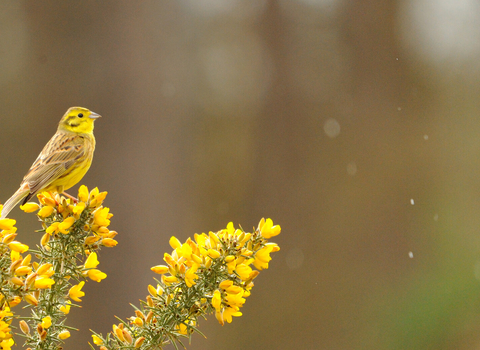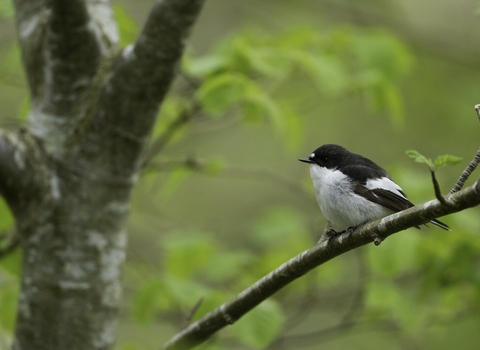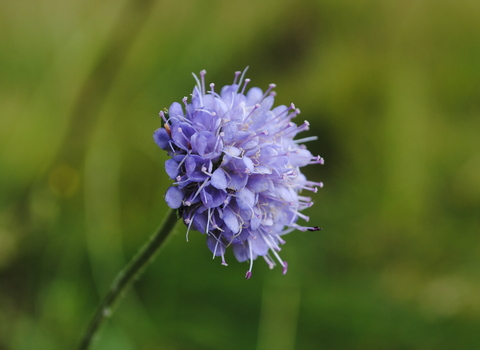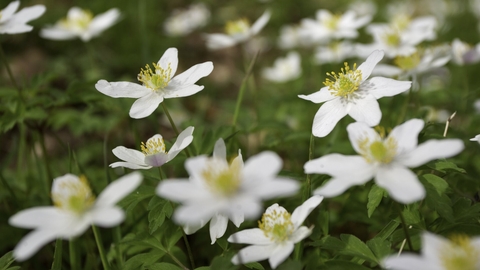
Mark Hamblin/2020VISION
Coed Garnllwyd
Location
Know before you go
Dogs
When to visit
Amseroedd agor
Open access reserve.Amser gorau i ymweld
May-Aug, Jun-Aug, Oct-FebAm dan y warchodfa
Coed Garnllwyd forms part of a woodland complex which occupies the southern and eastern sides of the small Nant Whitton and Nant Llancarfan valleys. The whole reserve is underlain with Lias limestone. A spring-line runs through the reserve producing wet flushes within the wood.
The woodland is mixed Ash, primarily Ash/Oak coppice with standards, with Hazel, Field Maple, Holly, Smooth-leaved Elm, Crab Apple, Hawthorn, Spindle, and Wayfaring-tree making a rich shrub layer. Clear felling in 1921 appears to have been the last major management undertaken, although some of the standard Oaks are larger and appear to pre-date this operation.
The woodland flora contains species typical of lime-rich ancient woodlands: Herb Paris, and Early Purple Orchid occur, together with Bluebell, Wood Anemone and Goldilocks Buttercup. Part of the meadow is species-rich with Common Spotted Orchids and Devil’s-bit Scabious.
Bramble scrub attract a range of invertebrates including Brown Argus and Common Blue butterflies, Speckled Bush Cricket (5-11), Wasp Beetle, a hoverfly Volucella inflata and a soldier fly Stratiomys potamida. Amongst the varied birdlife are Buzzard, Tawny Owl, woodpeckers, Nuthatch and Treecreeper. Migrants include Garden Warbler in summer and Woodcock in winter. Dead timber within the woodland supports invertebrates and fungi including Scarlet Elfcups.
Download the site map
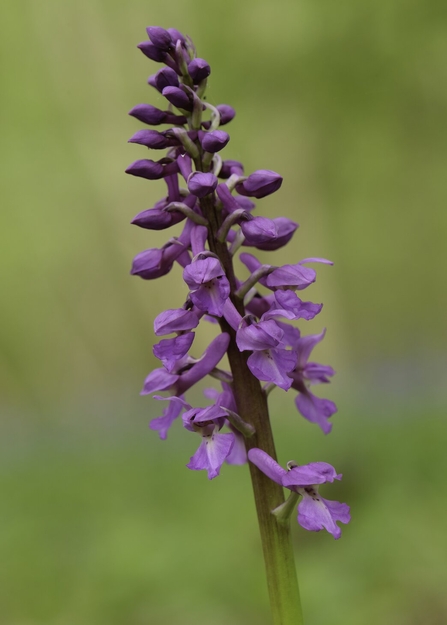
Chris Gomersall/2020VISION

